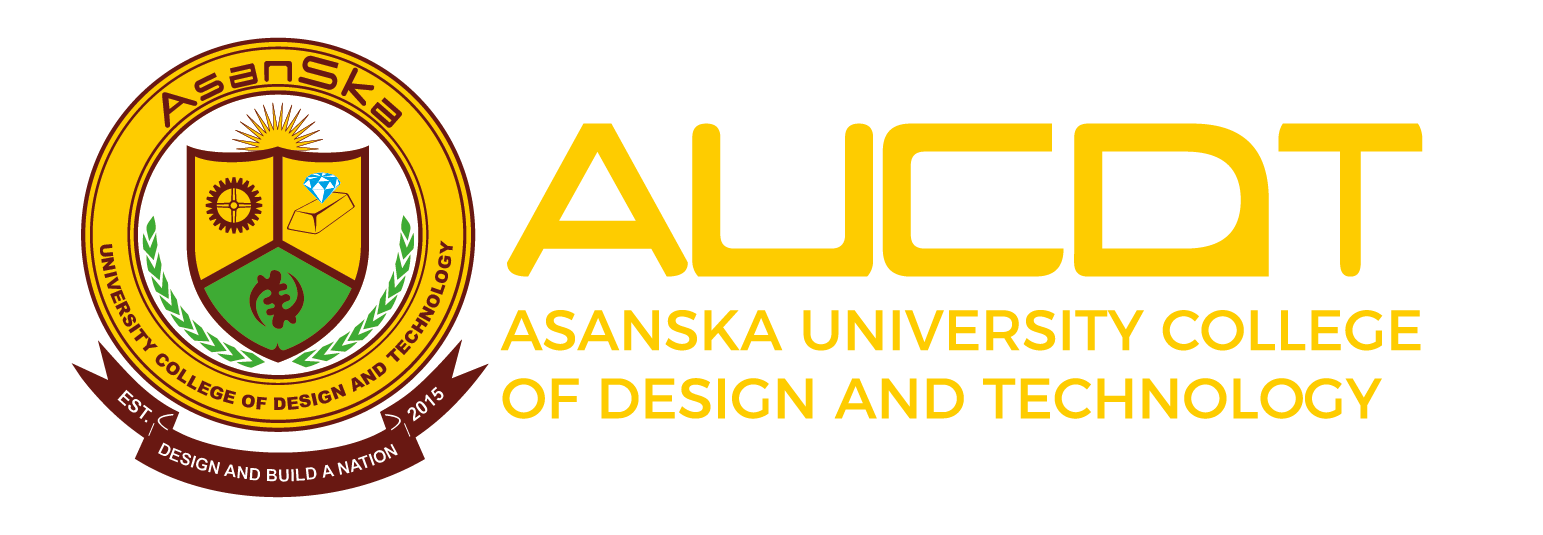
5 Courses

Semester Three
DMCD 231 Logos, Symbols & Trademarks
Globally, branding for individuals, groups, corporations and “ideas” has produced
numerous cultural icons. This course teaches students in the Digital Media
programme how logos, symbols and trademarks elicit shared meanings over
time, assist in visual communication for different clients, and often permanently
alter our villages, towns and cities.

Semester Three
DMCD 232 Print Design
In the mid-1400s, printing fostered the development of commercial art. Print
design has for centuries been at the forefront of information dissemination.
Many items, ephemera and books, are still printed on paper and other
substrates. Increasingly digital printing equipment, able to print on all surfaces,
have taken over from traditional printing machinery. This course is designed to
teach students the rudiments of industrial best practices in planning and
executing print and packaging label designs.

Semester Three
DMCD 233 Advanced Typography
Different readers react differently to the same setting of type. Emotions and
moods lie at the root of human communication. Typography that is persuasive is
guided by long established conventions or present-day tests for novel ways of
designing with type. This course, a continuation of DMC 254 Typography,
provides students with skills for handling different readership, large volumes of
text, and also for determining type specification for special interest groups:
children, the aged, and so on.

Semester Three
DMCD 234 Fundamentals of Photography
This
course gives students basic skills in DSLR photography so they have
demonstrable practical skills to undertake field or studio assignments of varying
difficulty.

DMCD 235 Print Production
This course
58
instils knowledge and understanding for mass production. Students are taught to
apply their knowledge to source for the optimum output from print-houses.
